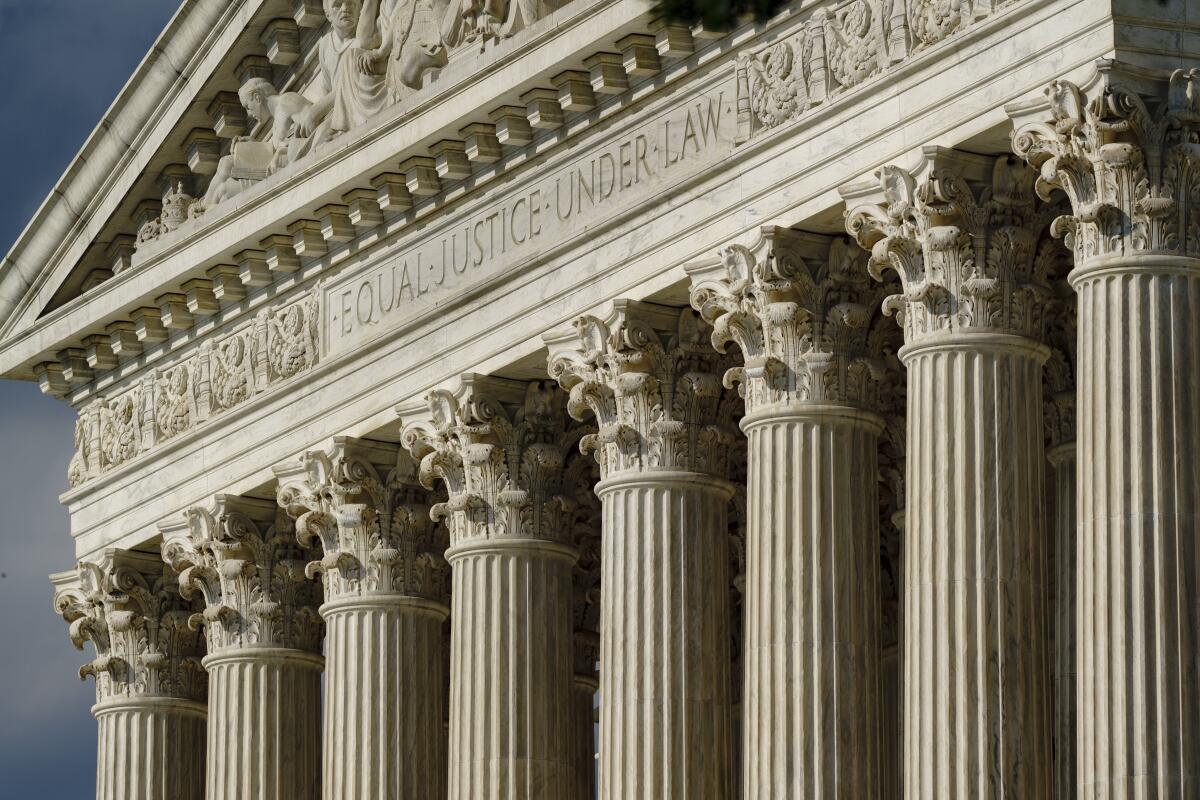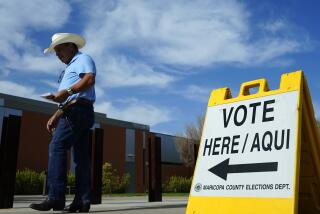Supreme Court rejects Alabama’s plea to preserve a white Republican seat in Congress

WASHINGTON — The Supreme Court for a second time has ruled against Alabama’s Republican leaders and held that the Voting Rights Act requires a second congressional district with a near majority of Black voters.
Tuesday’s decision clears the way for a new statewide congressional map to be drawn by independent experts. The likely outcome is that next year, Alabama could elect a second Black Democrat to the House, along with five white Republicans.
Without comment or dissent, the justices turned down an unusual appeal from the state’s lawyers, who were on the losing end of a 5-4 decision in June.
Then the court, led by Chief Justice John G. Roberts Jr., upheld a three-judge panel that had found Alabama’s election map had a discriminatory effect on Black voters.
Even though they made up 27% of the state’s population, Black voters were shut out of electing a Black representative in six of the seven districts.
The judges noted that Black candidates have no chance of winning in a white-majority district in Alabama. The only remedy then was to create a second compact district with a majority of Black voters or “something close to it.”
But Alabama’s Republican lawmakers refused to follow that order and instead drew a revised map that would once again assure that a white Republican won in six of the seven districts.
Not surprisingly, the three-judge panel rejected that map and decided to appoint outside experts to draw a new one.
Undaunted, the state’s lawyers filed an emergency appeal with the Supreme Court on Sept. 11, asking to have the new court order put on hold.
They said Roberts and and the court had not specifically said that the only remedy was a second Black-majority district.
“The question now,” they said, “is whether a state must sacrifice traditional districting criteria to join voters from different communities, based on their race, to hit a 50-percent racial target, ‘or something quite close to it.’ The answer should be a resounding no.”
Voting rights advocates characterized the move as an act of defiance reminiscent of Alabama’s response to the civil rights movement of the 1960s.
More to Read
Get the L.A. Times Politics newsletter
Deeply reported insights into legislation, politics and policy from Sacramento, Washington and beyond. In your inbox three times per week.
You may occasionally receive promotional content from the Los Angeles Times.











